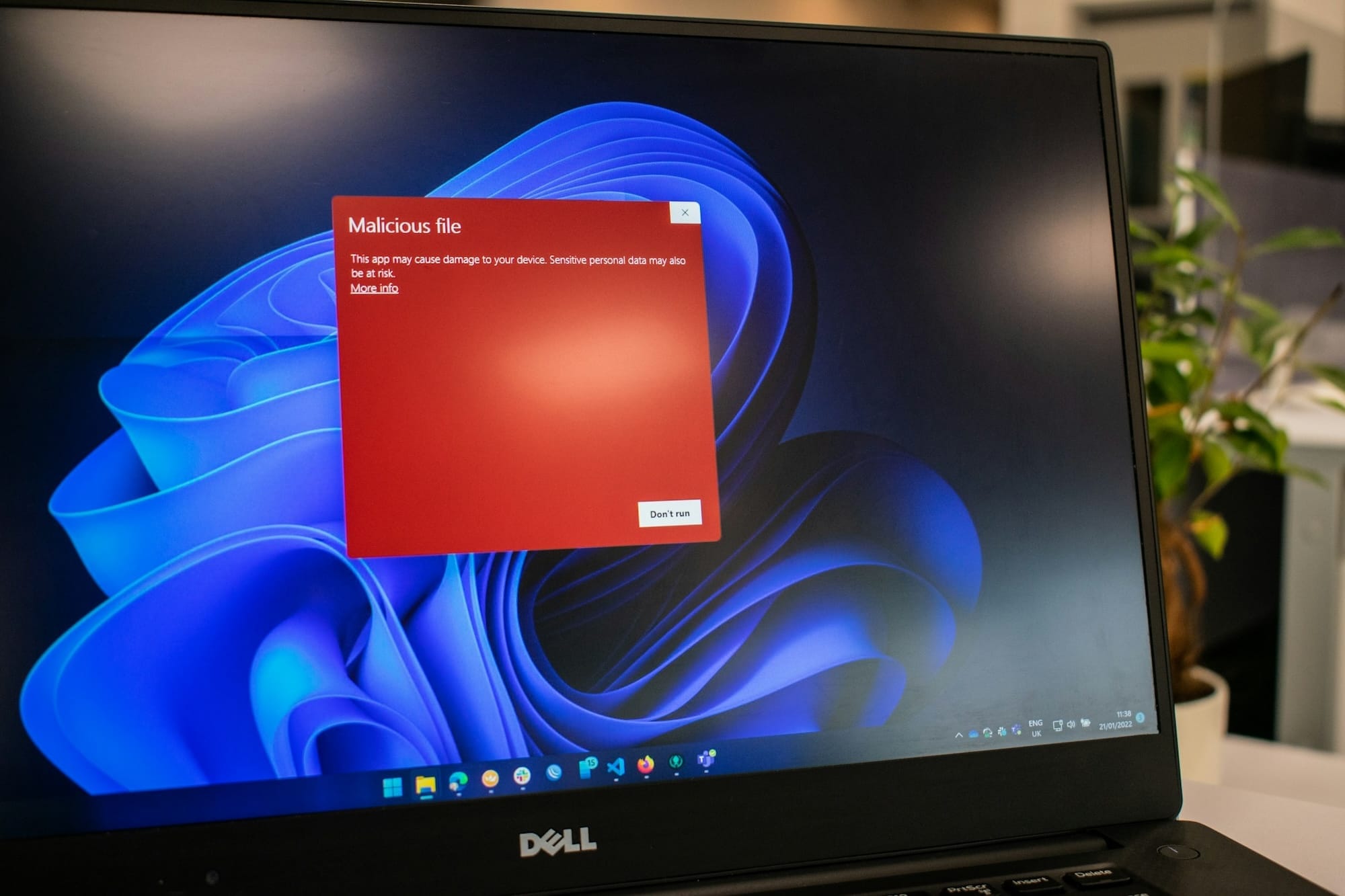
Windows Malware Implants: OPSEC, Evasion and Anti-Reversing Techniques // Silvio La Porta, Antonio Villani
In-Person | March 18-21 | 4 Days
BOOK NOWABSTRACT
The course will present an in-depth description of the techniques implemented in modern malware to evade defenders and security products (such as AV, IPS, IDS, EDR), and how attackers design and operate implants in order to ensure a prompt redeployment after a detection or a public disclosure by researchers or security vendors.
The course will also cover real-world scenarios impairing reverse engineering efforts and make first responders' jobs tougher. The techniques will be demonstrated by reversing real malware samples, and then by re-implementing improved versions of the malware code. The training is designed from an attacker's point of view, teaching red-teams how to make their implants stealthier, but it will also teach defenders how to deal with the anti-reversing and the OPSEC techniques demonstrated in class.
The course focuses primarily on Windows malware and on the analysis, tweaking and re-purposing of real malware samples. Participants will be provided with plenty of code to help study complex malware techniques.
Theory sessions will be followed by exercises where participants will reverse and re-implement parts of real malware in order to fully understand all techniques involved. 50% of the course will be dedicated to hands-on labs translating theory into practice.
Labs provide flexibility in terms of complexity and include bonus tracks to ensure that you always feel engaged and have something interesting to explore and learn.
Students will be provided with our training agent and C2's source-code to develop and test the techniques.

Windows Malware Implants: OPSEC, Evasion and Anti-Reversing Techniques // Silvio La Porta, Antonio Villani
In-Person | March 18-21 | 4 Days
INTENDED AUDIENCE
Developers and Reverse engineers who want to understand the tradecraft from a different point of view, red-team members who want to go beyond using third-party implants, and researchers who want to develop anti-detection techniques of real malware/apt.
TESTIMONIALS
KEY LEARNING OBJECTIVES
- Be able to recognize, implement and deal with stealthy malware/backdoor techniques and tradecraft.
- Modify malware components and pre/post build tools to protect against reversing efforts.
- Familiarize with the latest advances, DLL injection techniques, and customize reflective loaders.
- Build custom obfuscators and to recognize obfuscation transform patterns.
- Learn attacker tradecrafts to impair incident response analysis.
COURSE DETAILS
Module 1
- Warm up (refresh basic concepts)
- DynLoader
- Dynamic APIs resolution
- Import by hash
- PEB walk
- Syscall direct invocation
- API Custom implementation
- Obfuscation Part I
- Obfuscation techniques
- Opaque predicates, MBA, VM obfuscators
Module 2
- Obfuscation Part II
- Source level obfuscation
- Intermediate representation obfuscations (LLVM)
- Bring your own Loader
- Windows Loader
- Alternative Loaders
- Injection Part I (Advanced Reflective Loader)
- Wide used injection techniques
- Reflective Loader deep analysis
- Customize RL
Module 3
- Injection Part II (Exotic Injection)
- Uncommon injection techniques
- Hooks
- Implement an exotic injector
- Anti-Debug
- Debugging internals
- Breakpoint detection (HW and SW)
- Anti-tampering
- Persistence
- COM/DLL Hijacking
- WMI persistence
Module 4
- Anti-VM
- Artifact detection
- Instruction and timing detection
- Build an anti-vm module
- Multi Lang Module
- Run managed code from unmanaged
- AMSI
- Execution Guardrails
- IPC
- Final Lab
Knowledge Prerequisites
- Programming experience (C, C++, Python, .NET, and PowerShell)
- Be familiar with assembly language and Debuggers (IDA pro, WinDBG)
Hardware Requirements
- Virtualization capable Intel CPU(s) (ARM CPUs are not supported)
- Minimum 8GB of RAM (for running one guest VM)
- Minimum 80 GB free disk space
Software Requirements
- Host OS Windows 10 64-bit
- Debugging Tools for Windows (Ida Pro, WinDBG). Decompiler recommended.
- SysInternals Tools
- Virtualization Software (VMWare, VirtualBox)
- Guest OS Windows 10 64-bit
- System Administrator access required on both host and guest OSs
YOUR INSTRUCTORS: Drs Silvio LaPorta and Antonio Villani
Dr. Silvio La Porta is a senior cyber security architect designing security products and researching advanced detection technology for complex malware/APT. Silvio previously was a lead research scientist with EMC Research Europe based in the centre of excellence in Cork, Ireland. His primary research focus areas were real-time network monitoring and data analysis in smart grids to detect malware activity in SCADA systems and corporate networks. He was also leading security service level agreement (SEC-SLA) and end user security/privacy protected data store projects for hybrid cloud environments. He is a frequent speaker in professional and industry conferences. Before joining EMC, Silvio worked as a malware reverse engineer in Symantec’s Security Response team in Dublin, Ireland. Silvio holds a PhD in Computer Network Security from the University of Pisa, Italy.
Dr. Antonio Villani spent the past years analyzing high level implants for top tier customers, providing detailed implementation information to support cyber-defense and cyber threat intelligence teams. Now, he uses his experience in the reverse engineering of multi-stage implants to improve detection and response capabilities of endpoint security products. As a researcher he published in top tier conferences and journals and he participated in European research projects in the field of cyber resilience and data security. During his PhD he also worked in the field of malware research and digital forensics.
